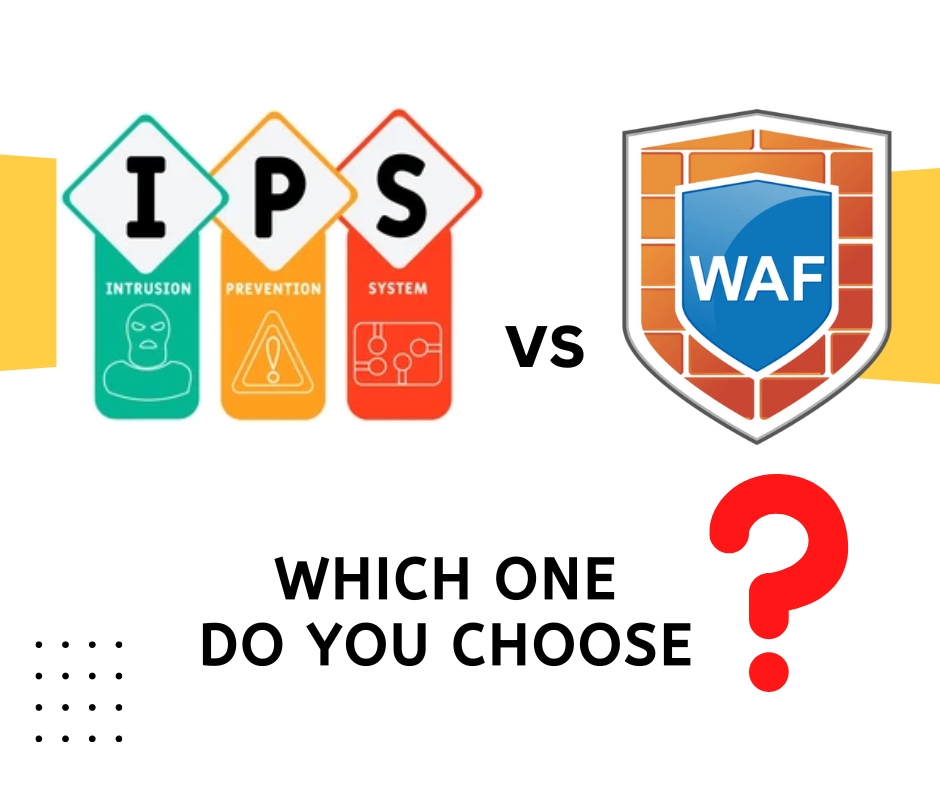Introduction
Web Application Firewalls (WAFs) play a critical role in defending web applications from various threats like SQL injection, cross-site scripting (XSS), and bot attacks. In real-world scenarios, organizations use WAFs not only for protection but also for compliance, performance optimization, and incident response. Below are several real-life use cases demonstrating the value of WAFs across industries.
1. E-Commerce: Protection During High-Traffic Sales Events
Large e-commerce platforms often face DDoS attacks or malicious scraping during peak sale seasons. By deploying WAFs with traffic throttling and bot mitigation features, these businesses can protect customer data, ensure service availability, and reduce server overload during high-demand periods.
2. Financial Sector: PCI-DSS Compliance and Data Security
Banks and fintech platforms use WAFs to meet compliance requirements such as PCI-DSS. WAFs provide an extra layer of security for login portals, payment APIs, and customer dashboards by blocking suspicious requests and preventing data leakage.
3. SaaS Companies: Preventing API Abuse
SaaS platforms rely heavily on APIs. A WAF helps prevent API misuse by analyzing request patterns, rate limiting abuse, and identifying unauthorized access attempts—ensuring the platform remains available and secure for legitimate users.
4. Government Websites: Mitigating Hacktivism and Defacement
Government portals are often targets of political attacks. WAFs detect and block intrusion attempts aimed at altering content, injecting scripts, or exploiting outdated plugins, maintaining public trust and website integrity.
5. Healthcare Providers: Securing Patient Portals
Hospitals and health tech platforms use WAFs to secure sensitive patient data accessed through online portals. By inspecting HTTP requests and enforcing strict validation, WAFs protect against OWASP Top 10 vulnerabilities that could otherwise expose health records.
6. Education Platforms: Blocking Cheating Bots and Credential Stuffing
EdTech companies use WAFs to block bot traffic during online exams and prevent credential stuffing attacks on student login systems. These firewalls help maintain system fairness and user trust.
7. Media and News Outlets: Managing Traffic Surges and Attacks
News websites often see sudden traffic spikes and may become targets for politically motivated DDoS attacks. WAFs protect against these by filtering bad traffic, allowing content to remain accessible to legitimate readers.
Conclusion
WAFs are not just theoretical security tools—they are actively deployed across industries to solve real-world problems. From blocking malicious traffic to ensuring compliance and uptime, WAFs offer critical protections that allow organizations to operate securely and efficiently. As threats evolve, the role of WAFs in modern infrastructure becomes even more indispensable.

